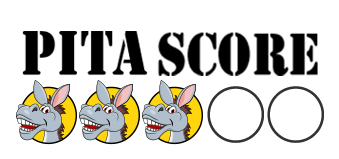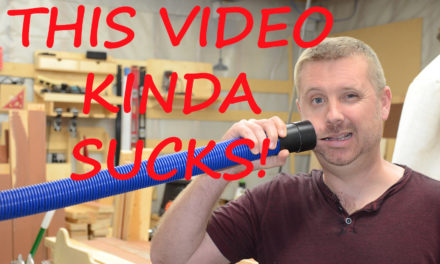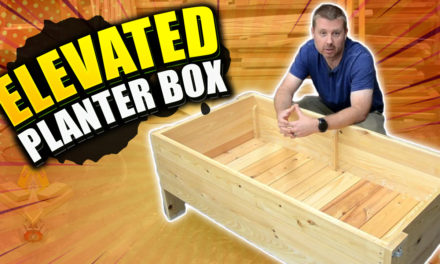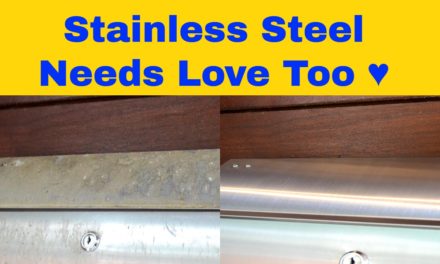Tools Needed
- Circular Saw and/or Jigsaw
- Straight edge
- Block plane (optional)
- Tape Measure
- Router
- Flush cut routing bit (1-1/2″ or 2″)
- Radius cutting jig
- Round over bit (or any profile of your choice)
- Random orbital sander
- Drill and driver

Materials Needed:
- Sandpaper (120g, 180g, 220g, and 320-400g)
- Mineral spirits
- Oil based polyurethane
- Boiled linseed oil
- Clean, lint-free cloth
- 1″ Wood screws (pan head)
- Fender washers (optional)
OVERVIEW
Learn how to transform an unfinished butcher block countertop into a custom fitted, professional looking countertop for your kitchen, bath, garage, or any work surface area.
Show Notes
The hardest part about installing a butcher block countertop is getting it home from the store! After that, you just need to:
- Size your butcher block by cutting it to length and possibly to width – some countertops are more than 25” wide which creates more overhang than you need for 24” deep cabinets.
- Cut nice corners on your butcher block countertop to get rid of those sharp corners (aka hip bruisers). You can use a router, a flush cutting bit, and a radius cutting jig to easily create rounded corners.
- Soften the edges by using a round over bit in your router OR create a more decorative edge bit such as an Ogee.
- Sand your countertop using a random orbital sander using 120 grit, then 180 grit, then 220 grit sandpaper.
- This butcher block is going in the garage so it gets a simple varnish oil blend using mineral spirits, polyurethane, and boiled linseed oil.
- Install your butcher block countertop from the underside using screws.
If you want to install a sink in your countertop like what’s shown here, check out our video on that very topic!








